Home>Furniture & Design>Interior Design Trends>How To Get Water Spots Off Glass
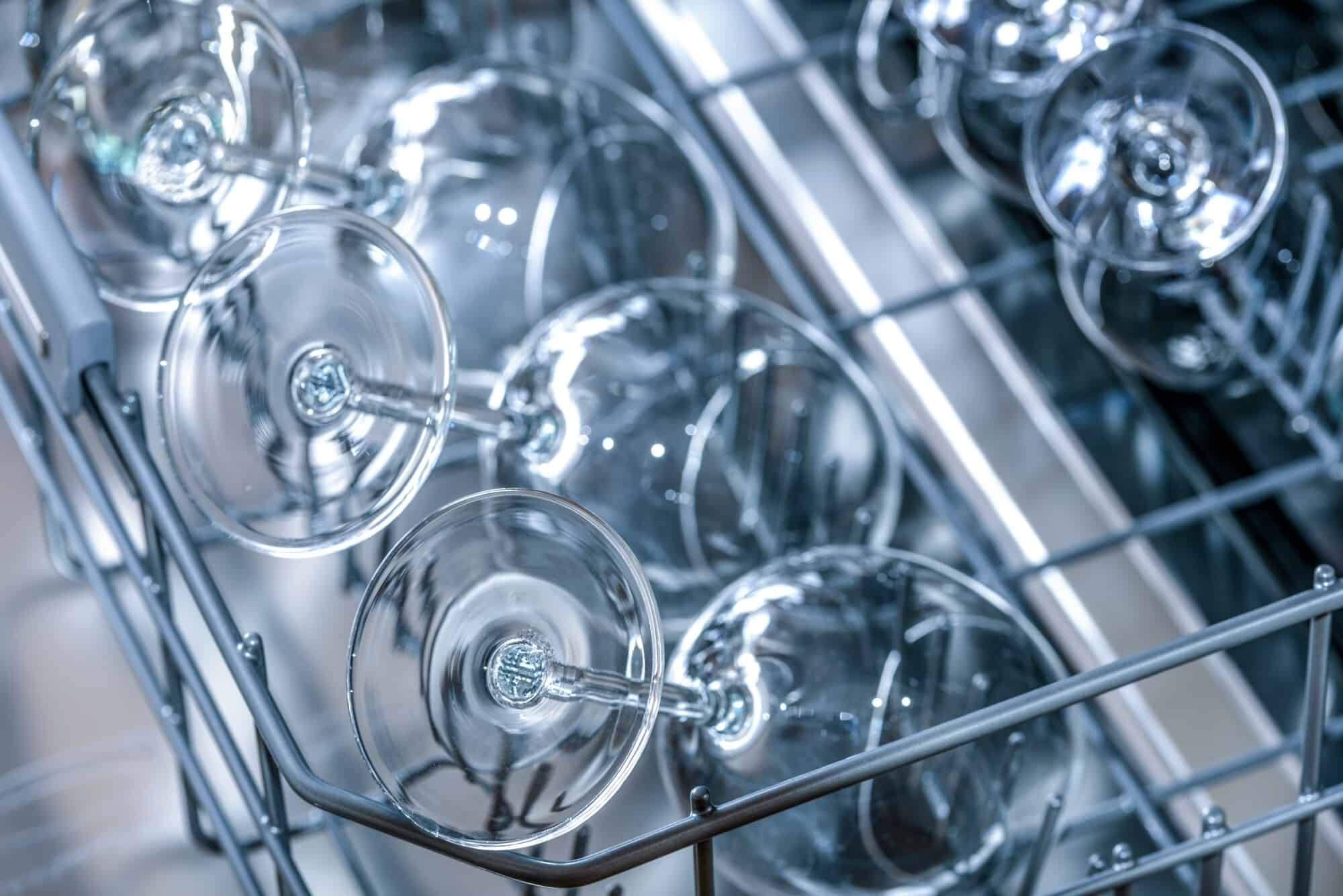

Interior Design Trends
How To Get Water Spots Off Glass
Modified: February 18, 2024
Learn how to remove water spots from glass with these interior design trends. Keep your windows and glass surfaces sparkling clean and spot-free.
(Many of the links in this article redirect to a specific reviewed product. Your purchase of these products through affiliate links helps to generate commission for Storables.com, at no extra cost. Learn more)
Introduction
Water spots on glass surfaces can be a frustrating and unsightly nuisance, often leaving behind stubborn marks that seem impossible to remove. Whether it's on your windows, shower doors, or glassware, these pesky spots can detract from the overall appearance of your glass surfaces. However, fear not, as there are effective methods and natural remedies to tackle this common issue. In this comprehensive guide, we will delve into the causes of water spots on glass, explore various techniques for their removal, and discover preventive measures to keep your glass surfaces sparkling and spot-free. By the end of this article, you'll be equipped with the knowledge and tools to bid farewell to water spots and restore the clarity and shine of your glass items.
Key Takeaways:
- Say goodbye to water spots on glass with vinegar, rubbing alcohol, and natural remedies like lemon juice. Prevent future spots by squeegeeing and using distilled water for cleaning. Keep your glass surfaces sparkling and spot-free!
- Understanding water spots on glass and using natural remedies like distilled white vinegar and baking soda paste can help you combat mineral deposits. Proactive measures like applying protective coatings and addressing hard water issues can prevent water spots from forming.
Read more: How To Get Water Stains Off Of Glass
Understanding Water Spots on Glass
Water spots on glass are a common occurrence that occurs when water droplets evaporate, leaving behind mineral deposits such as calcium, magnesium, and silica. These minerals are naturally present in water and become visible as the water evaporates, especially in areas with hard water. When the minerals dry on the glass surface, they form cloudy or white spots that can be challenging to remove.
The root cause of water spots on glass is the mineral content in water. When water evaporates, the minerals are left behind, creating a thin film on the glass surface. Over time, this buildup can become more pronounced, making the spots increasingly difficult to eliminate.
In addition to hard water, other factors can contribute to the formation of water spots on glass. For instance, using certain cleaning products or detergents that leave behind residue can exacerbate the issue. Similarly, environmental factors such as exposure to rain, sprinkler water, or even airborne mineral particles can contribute to the development of water spots on glass surfaces.
Understanding the nature of water spots on glass is crucial for effectively addressing and preventing them. By recognizing the underlying causes, individuals can implement targeted strategies to remove existing spots and minimize their recurrence. With this knowledge in hand, you can confidently explore the various methods and remedies available to combat water spots and restore the pristine clarity of your glass surfaces.
Methods for Removing Water Spots
When it comes to removing water spots from glass, there are several effective methods that can restore the clarity and shine of your surfaces. These techniques range from using commercial cleaners to DIY solutions, offering flexibility based on individual preferences and the severity of the water spots. Here are some proven methods for removing water spots from glass:
-
Vinegar Solution: Vinegar is a versatile and cost-effective solution for tackling water spots on glass. Mix equal parts of white vinegar and water in a spray bottle and apply the solution to the affected areas. Let it sit for a few minutes to allow the vinegar to break down the mineral deposits, then wipe the glass with a clean cloth or sponge. The acidic properties of vinegar effectively dissolve the water spots, leaving the glass sparkling.
-
Commercial Glass Cleaners: There are numerous commercial glass cleaners available that are specifically formulated to remove water spots and mineral deposits. Look for products that are designed for hard water stain removal and follow the instructions provided. These cleaners often contain powerful ingredients that can effectively break down and lift stubborn water spots from the glass surface.
-
Rubbing Alcohol: Rubbing alcohol, also known as isopropyl alcohol, can be used to remove water spots from glass. Simply dampen a clean cloth with rubbing alcohol and gently rub the affected areas. The alcohol helps to dissolve the mineral deposits, making it easier to wipe away the water spots and restore the glass's clarity.
-
Baking Soda Paste: For more stubborn water spots, creating a paste using baking soda and water can provide an effective solution. Apply the paste to the affected areas and gently scrub the glass using a soft cloth or sponge. The mild abrasive nature of baking soda helps to lift the mineral deposits, gradually diminishing the appearance of water spots.
-
Lemon Juice: The natural acidity of lemon juice can be harnessed to combat water spots on glass. Squeeze fresh lemon juice onto the affected areas and let it sit for a few minutes. The citric acid in the lemon juice works to dissolve the mineral deposits, making it easier to wipe away the water spots and restore the glass's luster.
By employing these methods, you can effectively remove water spots from glass surfaces and rejuvenate their appearance. Experiment with these techniques to find the most suitable approach for your specific needs, and bid farewell to unsightly water spots on your glass items.
Natural Remedies for Water Spots
In addition to traditional cleaning methods, natural remedies offer a gentle yet effective approach to combat water spots on glass surfaces. These remedies harness the power of common household ingredients to dissolve mineral deposits and restore the pristine clarity of glass. Embracing natural remedies not only minimizes exposure to harsh chemicals but also promotes eco-friendly cleaning practices. Let's explore some natural remedies for tackling water spots on glass:
Distilled White Vinegar
Distilled white vinegar is a versatile natural cleaner renowned for its ability to combat water spots and mineral buildup. Its acidic properties make it an effective solution for dissolving mineral deposits on glass surfaces. To utilize this remedy, simply mix equal parts of distilled white vinegar and water in a spray bottle. Spray the solution onto the affected areas and let it sit for a few minutes to allow the vinegar to penetrate the water spots. Then, wipe the glass surface with a clean cloth or sponge to reveal a sparkling, spot-free finish.
Read more: How To Remove Water Spots On Glass
Baking Soda and Vinegar Paste
The dynamic combination of baking soda and vinegar creates a powerful paste that can effectively tackle stubborn water spots on glass. Begin by mixing baking soda and distilled white vinegar to form a paste with a thick, spreadable consistency. Apply the paste to the water spots and gently scrub the glass surface using a soft cloth or sponge. The mild abrasive nature of baking soda, combined with the acidic properties of vinegar, works to break down and lift the mineral deposits, gradually diminishing the appearance of water spots.
Citrus-Based Cleaners
Citrus fruits, such as lemons and oranges, contain natural acids that can aid in the removal of water spots on glass. The citric acid present in these fruits acts as a natural solvent, effectively dissolving mineral deposits and leaving glass surfaces gleaming. To harness the power of citrus, simply squeeze fresh lemon or orange juice onto the affected areas and let it sit for a few minutes. Then, wipe the glass clean with a damp cloth to reveal a refreshed and spot-free surface.
Club Soda
Club soda, known for its effervescence and gentle cleaning properties, can be used to combat water spots on glass. The carbonation in club soda helps to loosen and lift mineral deposits, making it easier to wipe away the water spots. Simply pour club soda onto the affected areas, let it bubble for a few moments, and then wipe the glass surface with a clean cloth to restore its clarity.
By incorporating these natural remedies into your cleaning routine, you can effectively eliminate water spots from glass surfaces while embracing environmentally friendly and non-toxic cleaning practices. These natural solutions offer a gentle yet powerful approach to restoring the luster and transparency of glass, ensuring that your glass items remain free from unsightly water spots.
Preventing Water Spots on Glass
Preventing water spots on glass involves proactive measures aimed at minimizing the conditions that lead to mineral deposits and maintaining the pristine appearance of glass surfaces. By implementing preventive strategies, individuals can effectively reduce the likelihood of water spots forming and preserve the clarity and shine of their glass items. Here are several preventive measures to consider:
Read more: How To Get Hard Water Stains Off Glass
Squeegee After Water Exposure
After water exposure, such as showering or washing glassware, using a squeegee to remove excess water from the glass surfaces can significantly reduce the formation of water spots. By swiftly removing the water droplets, the mineral content is less likely to dry and leave behind deposits, thereby minimizing the occurrence of water spots.
Use Distilled Water for Cleaning
When cleaning glass surfaces, particularly for delicate items such as decorative glassware or intricate glass decor, using distilled water can help prevent water spots. Distilled water has a lower mineral content compared to tap water, reducing the likelihood of mineral deposits forming during the cleaning process.
Regular Maintenance and Cleaning
Consistent and thorough cleaning of glass surfaces can prevent the buildup of mineral deposits that lead to water spots. Establishing a regular cleaning routine, using appropriate glass cleaners, and ensuring thorough drying after cleaning can help maintain the clarity and luster of glass items.
Apply a Protective Coating
Applying a protective coating or sealant specifically designed for glass surfaces can create a barrier that minimizes the adhesion of mineral deposits. These coatings can help repel water and reduce the formation of water spots, making it easier to maintain the cleanliness and transparency of glass surfaces.
Read more: How To Get Burnt Water Off A Glass Top Stove
Address Hard Water Issues
For areas with hard water, addressing the underlying hard water issues can significantly reduce the occurrence of water spots on glass. Installing a water softening system or using water filters can help mitigate the mineral content in water, thereby minimizing the formation of stubborn water spots.
Proper Storage and Display
When storing or displaying glass items, ensuring proper ventilation and avoiding prolonged exposure to moisture can prevent the development of water spots. Adequate airflow and controlled humidity levels can help preserve the pristine condition of glass surfaces, reducing the likelihood of water spot formation.
By incorporating these preventive measures into your glass maintenance routine, you can effectively minimize the occurrence of water spots and preserve the clarity and beauty of your glass surfaces. Taking proactive steps to prevent water spots ensures that your glass items remain free from unsightly mineral deposits, allowing their natural elegance to shine through.
Conclusion
In conclusion, addressing water spots on glass surfaces requires a multifaceted approach that encompasses understanding, removal, natural remedies, and preventive measures. By gaining insight into the causes of water spots, individuals can effectively employ targeted methods to eliminate these unsightly marks and restore the pristine clarity of their glass items.
The methods for removing water spots, ranging from vinegar solutions to commercial glass cleaners and natural remedies such as baking soda paste and lemon juice, offer versatile options for combating mineral deposits. These techniques empower individuals to reclaim the luster of their glass surfaces, providing a sense of accomplishment and satisfaction.
Furthermore, the integration of natural remedies, including distilled white vinegar, baking soda and vinegar paste, citrus-based cleaners, and club soda, presents eco-friendly and non-toxic alternatives for addressing water spots. Embracing these natural solutions not only promotes sustainable cleaning practices but also contributes to a healthier living environment.
Preventive measures play a pivotal role in maintaining the clarity and shine of glass surfaces, with strategies such as squeegeeing after water exposure, using distilled water for cleaning, regular maintenance, applying protective coatings, addressing hard water issues, and ensuring proper storage and display. By proactively implementing these measures, individuals can minimize the occurrence of water spots and preserve the natural elegance of their glass items.
In essence, the battle against water spots on glass is a journey that encompasses understanding, action, and prevention. Armed with the knowledge and techniques shared in this guide, individuals can confidently tackle water spots, restore the brilliance of their glass surfaces, and embrace a lifestyle that celebrates the timeless allure of glass, free from the burden of unsightly mineral deposits.
Frequently Asked Questions about How To Get Water Spots Off Glass
Was this page helpful?
At Storables.com, we guarantee accurate and reliable information. Our content, validated by Expert Board Contributors, is crafted following stringent Editorial Policies. We're committed to providing you with well-researched, expert-backed insights for all your informational needs.
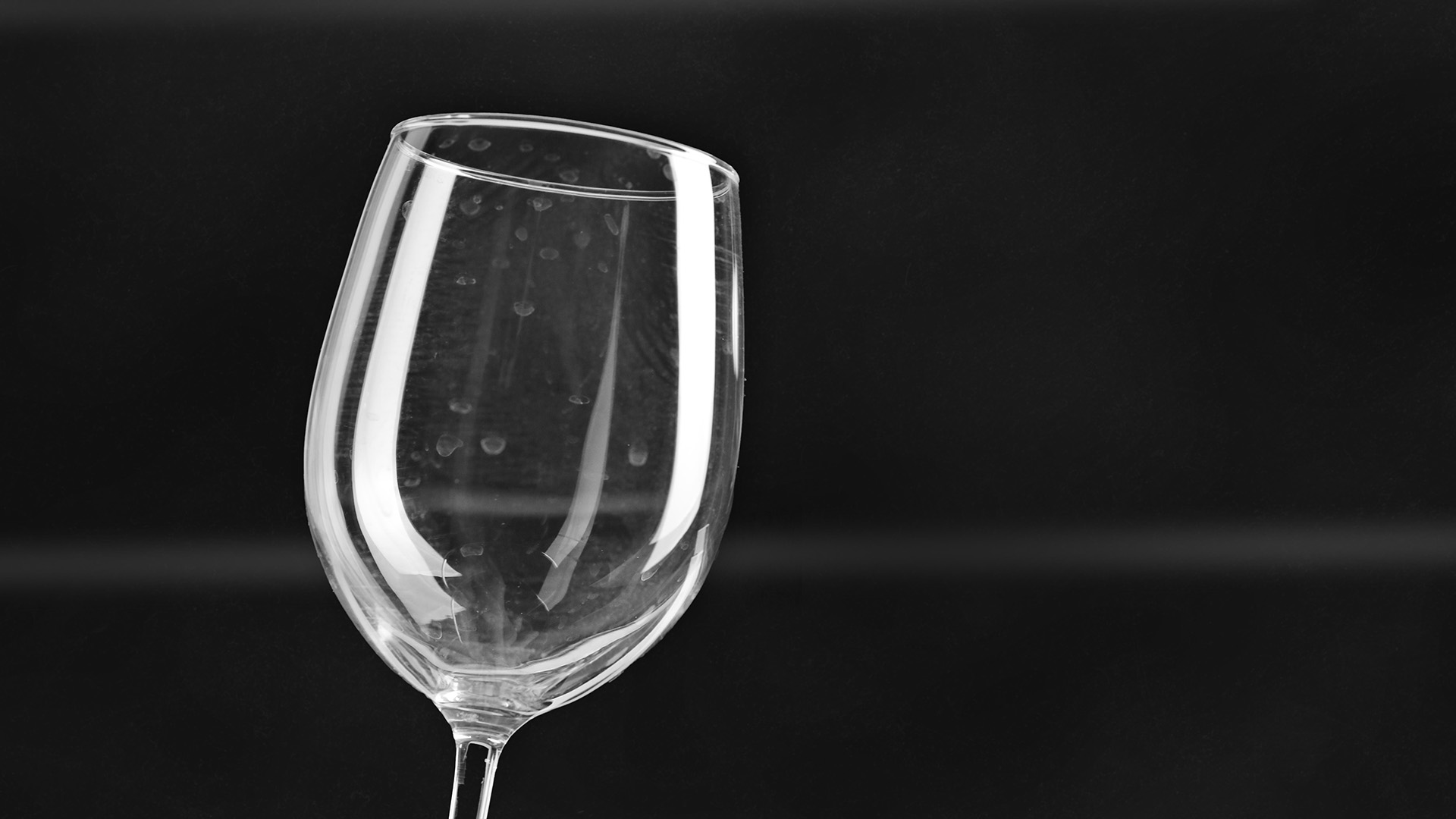
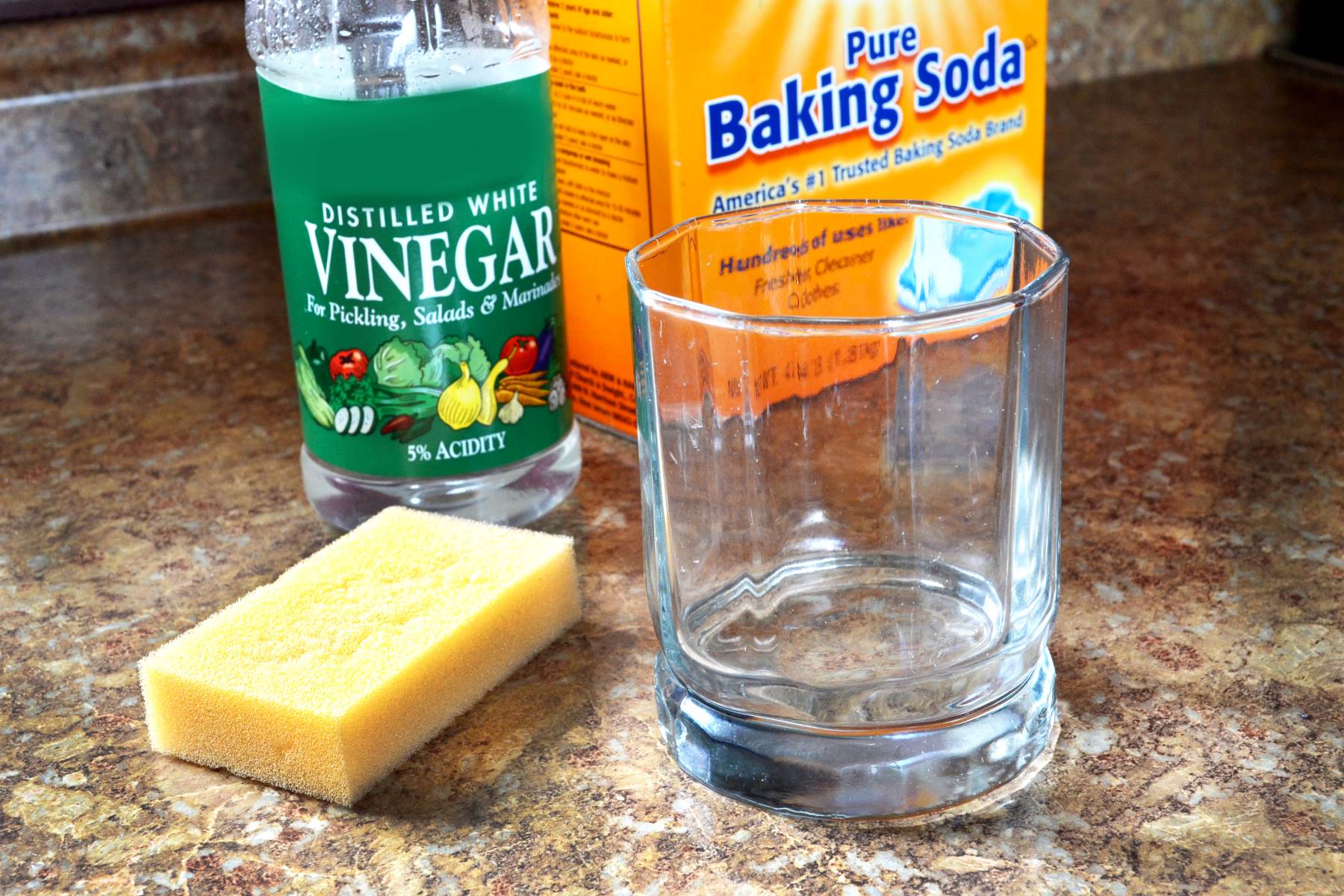
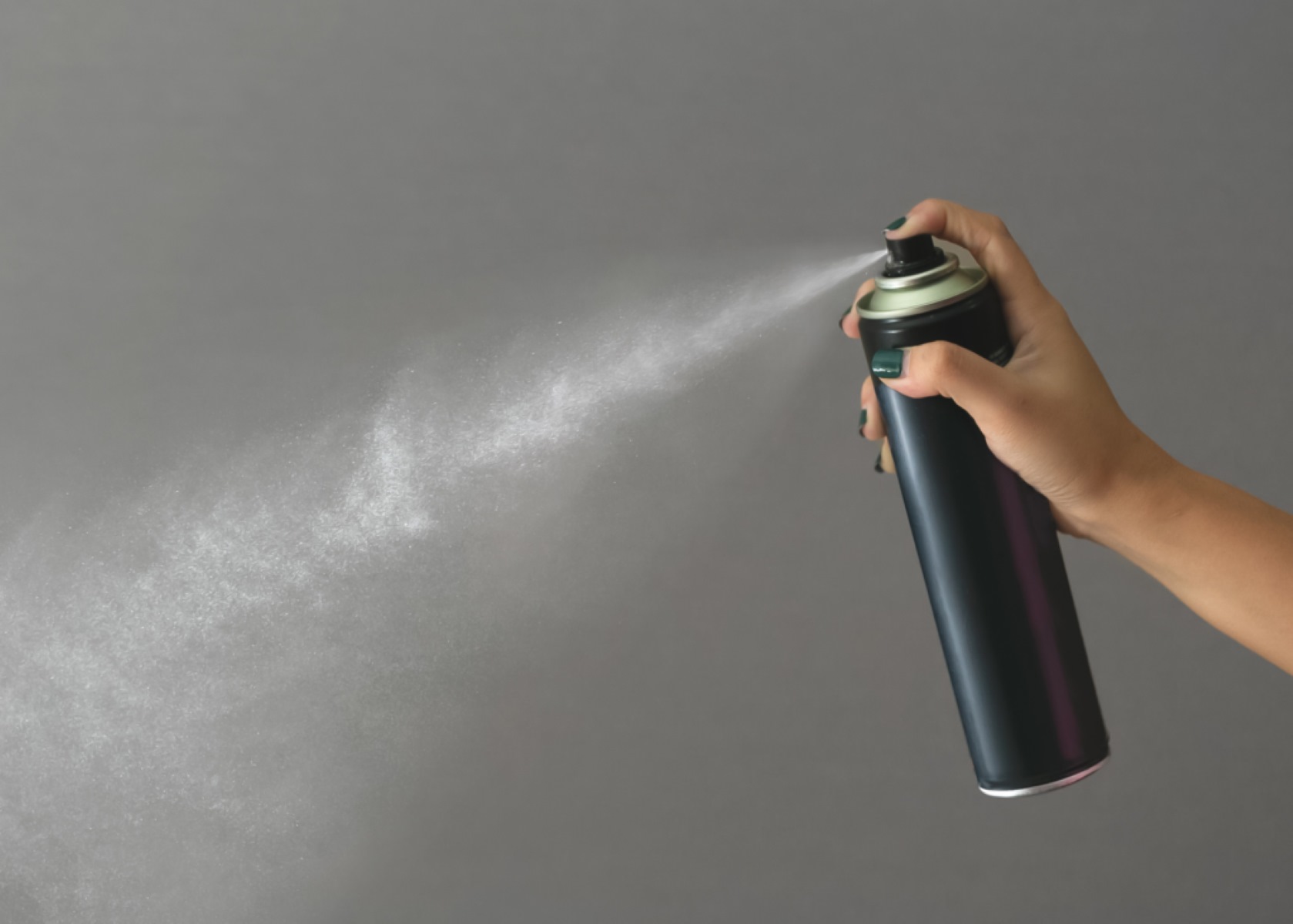
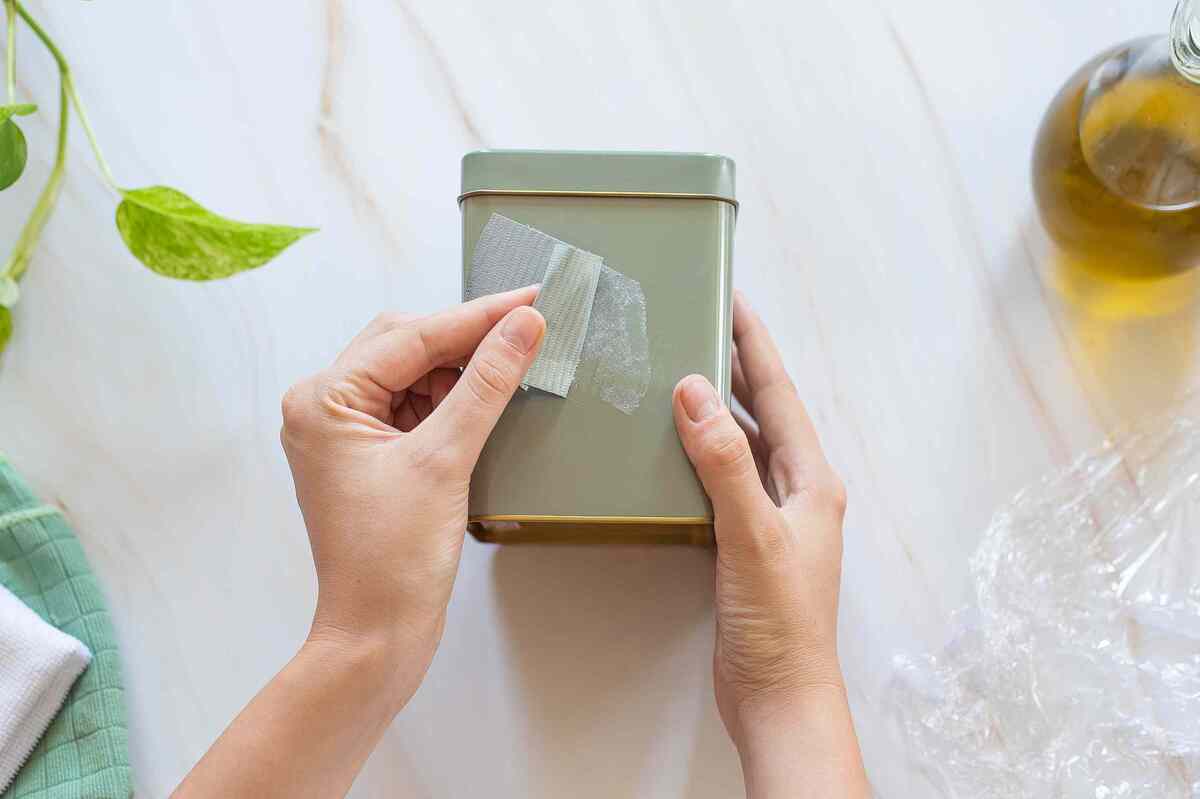
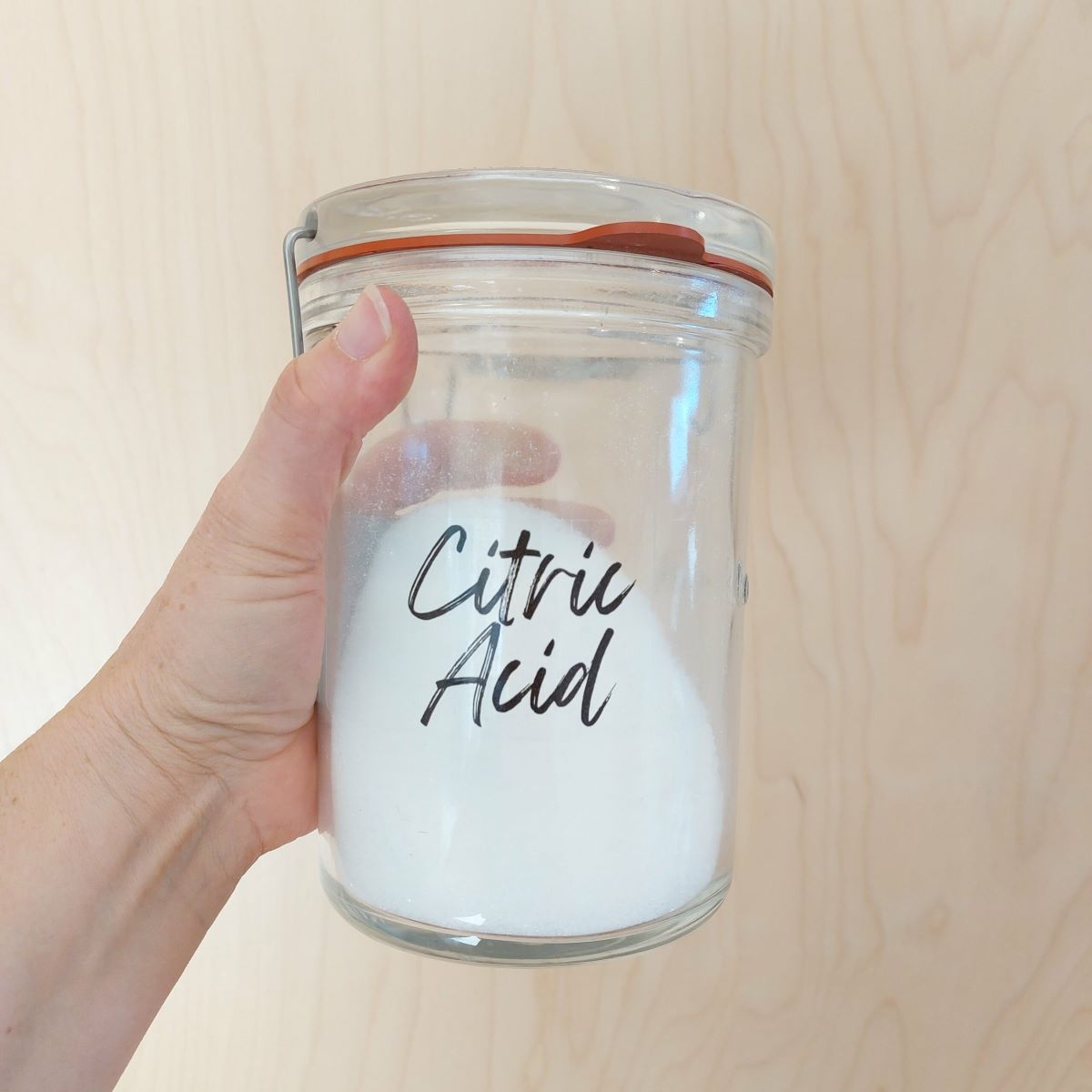
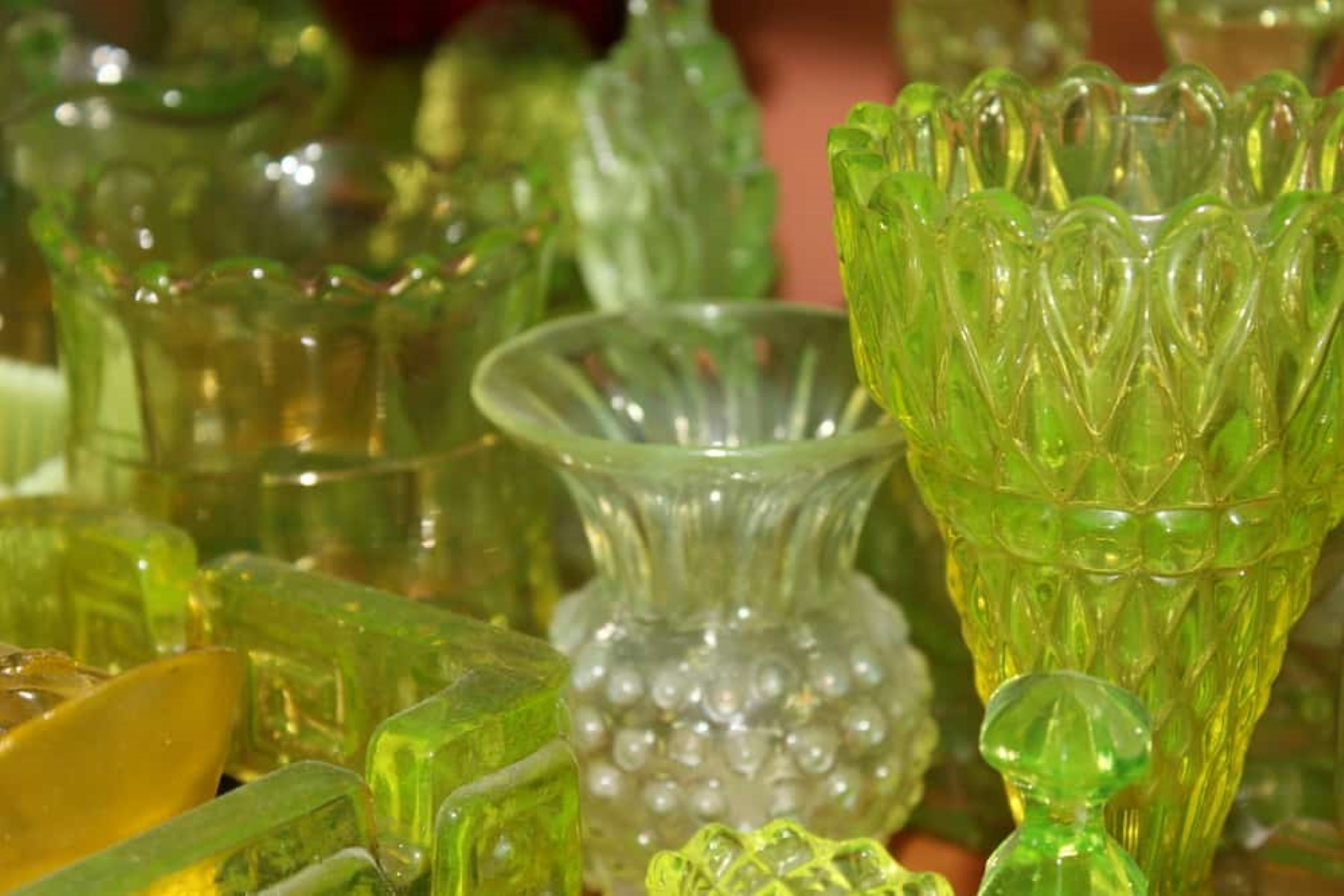
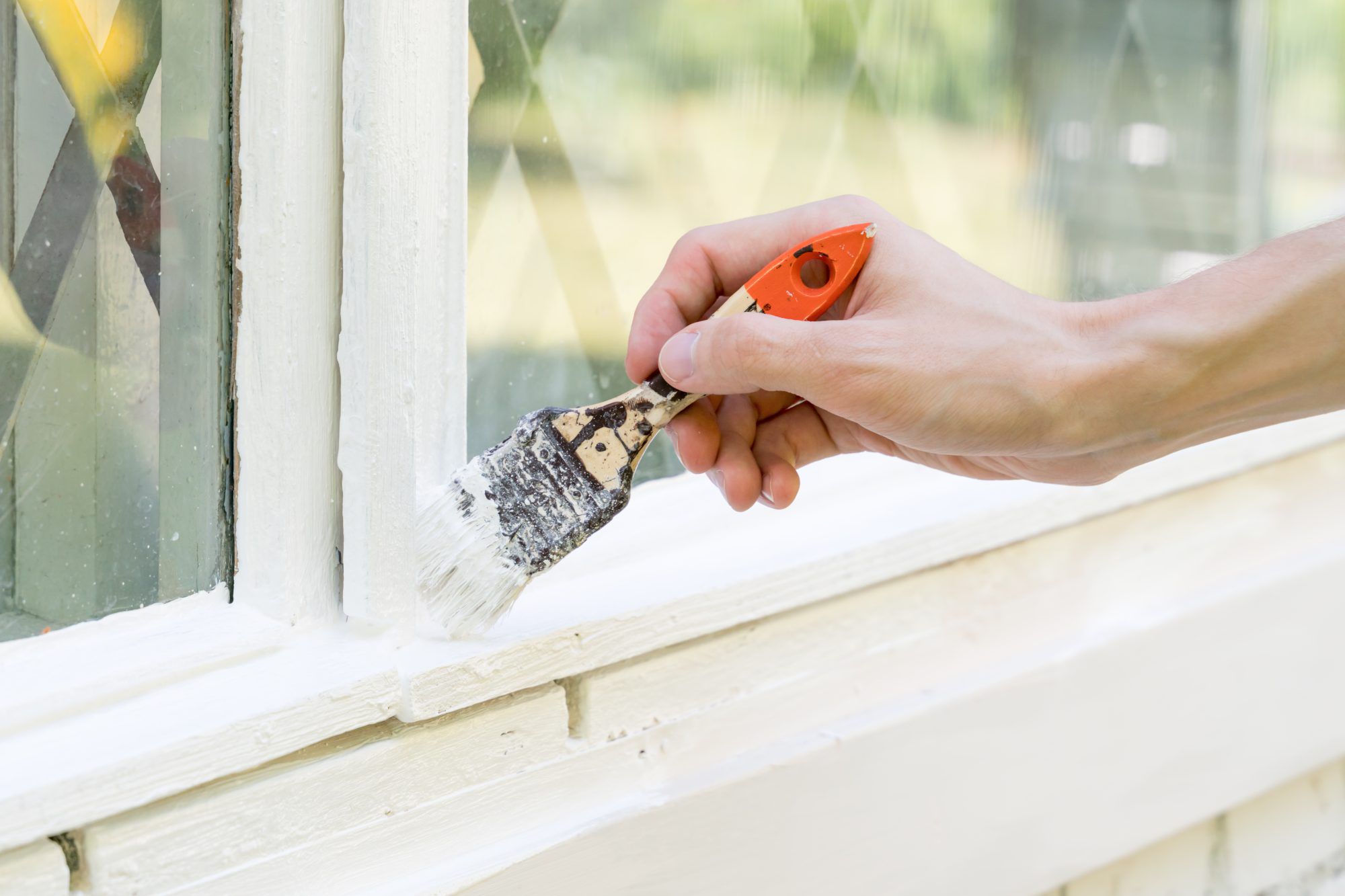
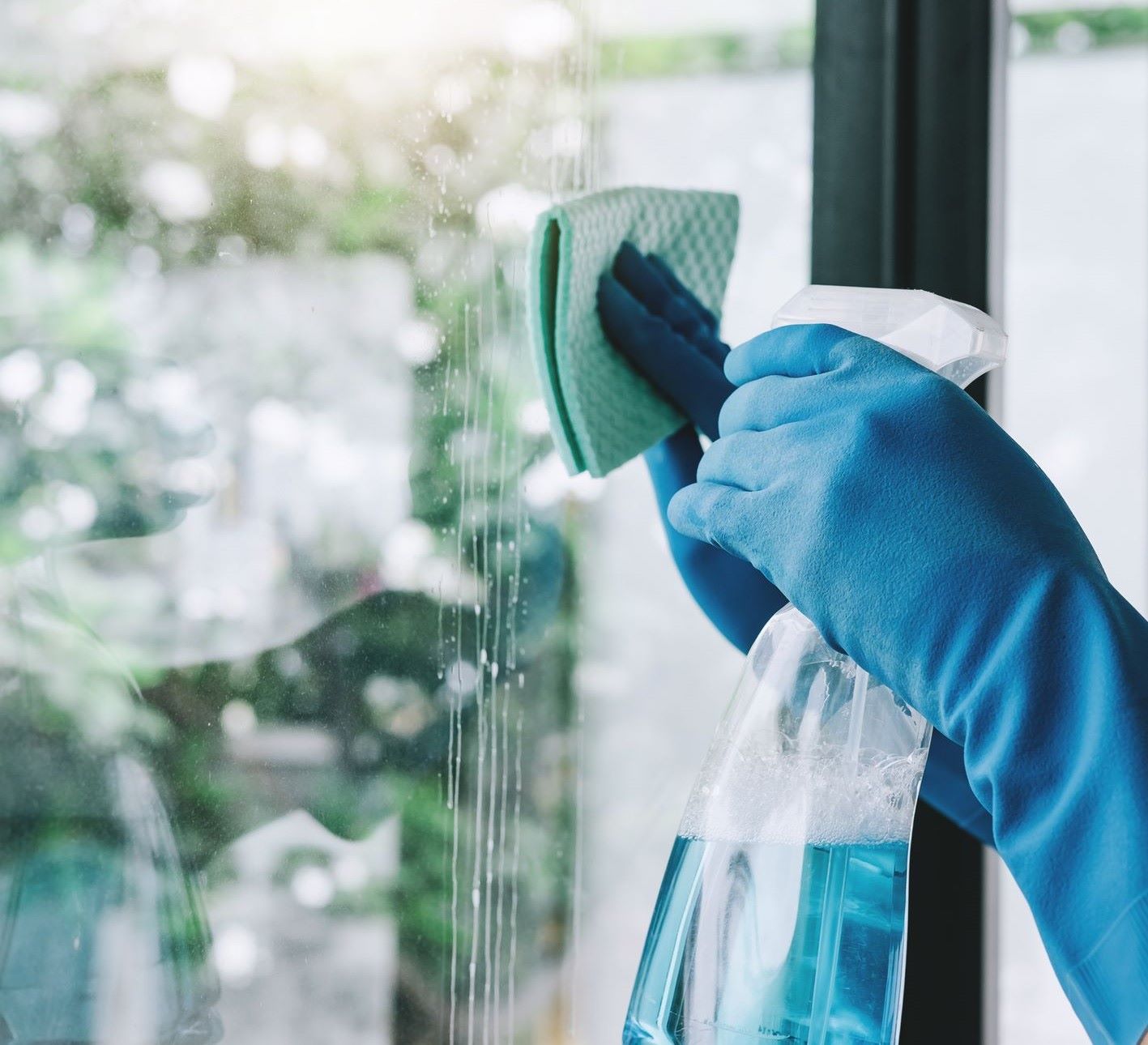
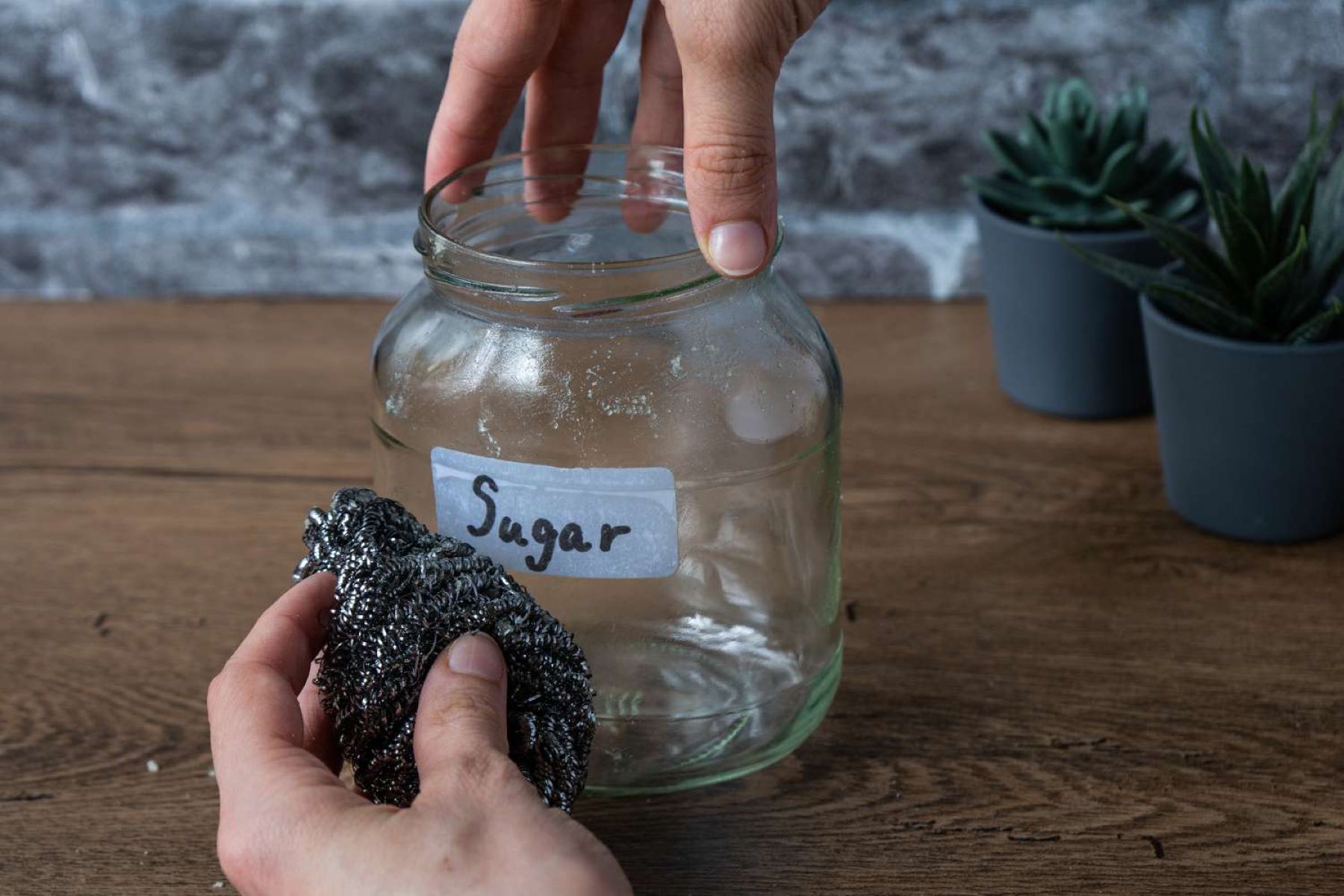
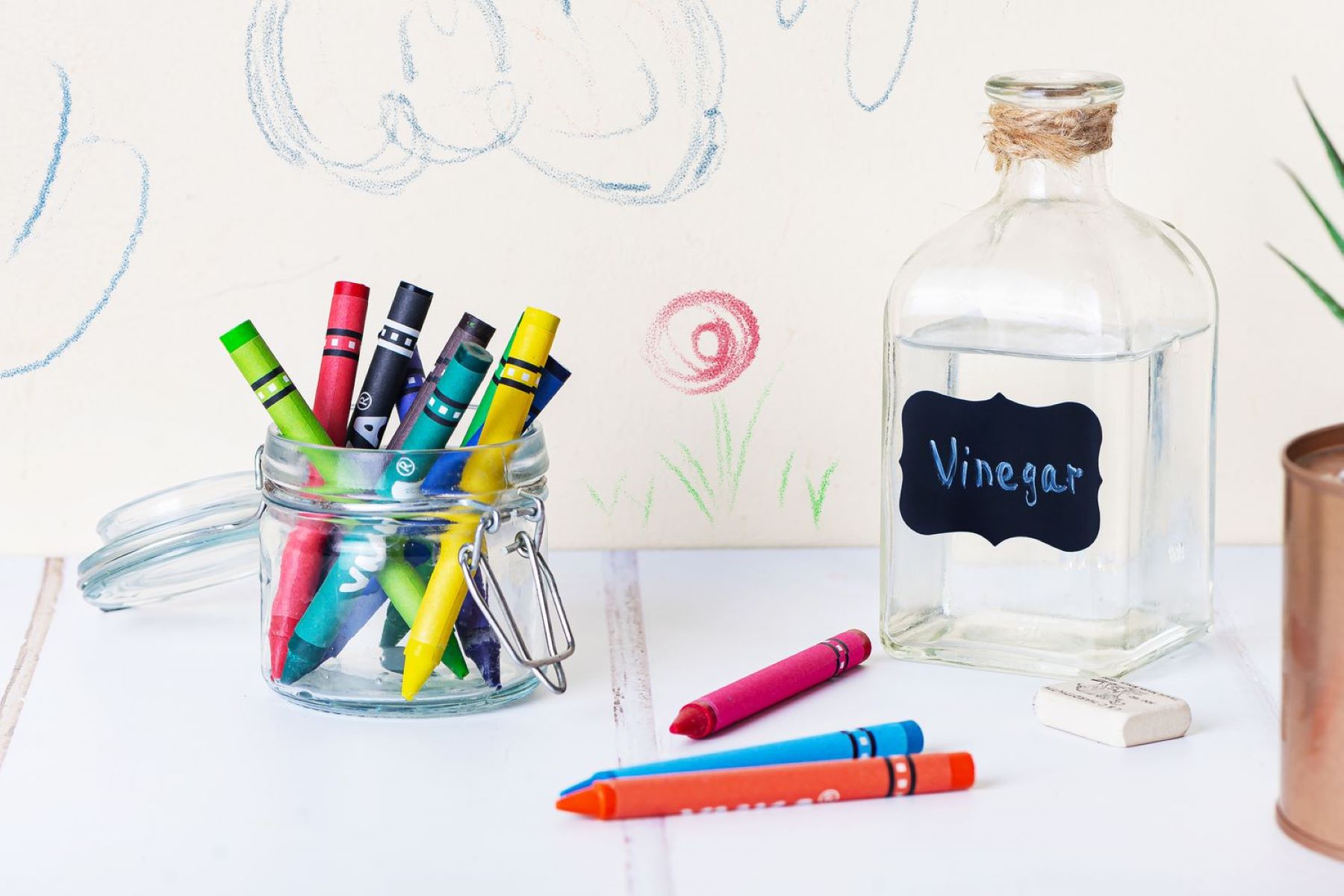

0 thoughts on “How To Get Water Spots Off Glass”